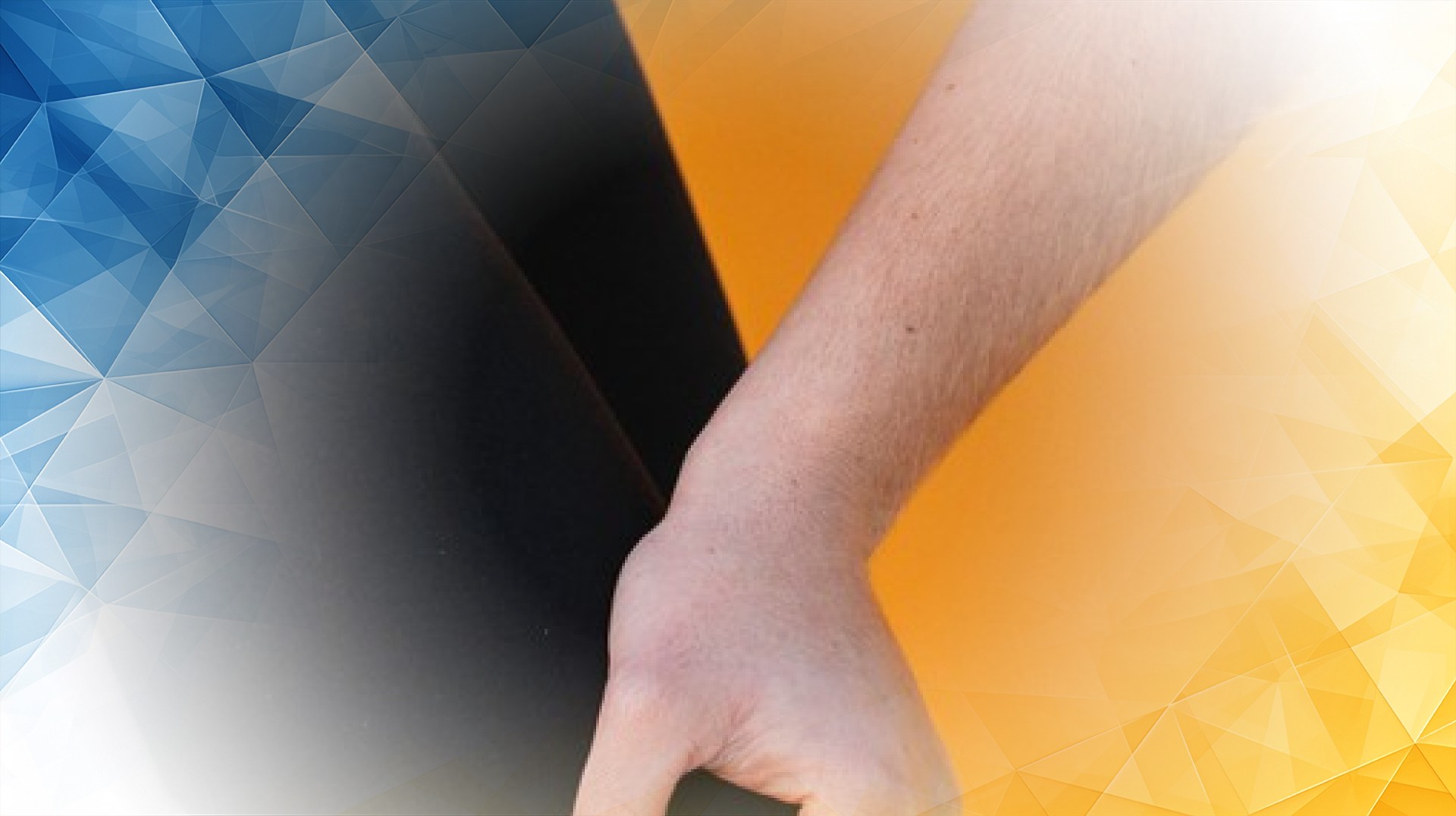



The anterior cruciate ligament, or ACL, plays a crucial role in stabilizing the knee joint , but injuries to this ligament in birds—especially eagles—aren’t commonly explored. This article delves into the clinical features and rehabilitation challenges of ACL tears in eagles, drawing from the latest research and veterinary experience. By understanding how these injuries affect eagles, we not only gain insight into their unique anatomy and movement but also help improve treatment and recovery strategies. We’ll break down how ACL injuries are diagnosed, discuss available treatment options, and explain the rehabilitation process in clear, accessible terms. Our goal is to shine a light on this specialized aspect of wildlife care—one that could also have important lessons for veterinary medicine as a whole.
Eagles are designed for powerful flight, hunting, and agile movement. However, these very adaptations can make them prone to certain injuries, including tears of the ACL. In birds, the knee joint —called the stifle—resembles that of mammals but is modified to handle the stresses of flying, landing, and perching. The ACL in eagles is essential for maintaining stability during these demanding activities.
The dynamic takeoffs, sudden landings, and quick turns that define an eagle’s lifestyle put repeated strain on the ligament. Over time, these forces can cause small injuries that eventually lead to a complete ACL tear . Studies suggest that the unique way eagles use their legs and wings places particular pressure on this ligament, making it more vulnerable than in many other animals. In addition to ligament damage , injuries to articular cartilage are often seen alongside ACL tears (Landreau et al., 2023). Research in humans has also shown that the type of ACL tear is linked to the frequency of associated meniscus injuries, underlining how crucial the ACL is for overall knee health—an insight that may also inform care for eagles and other avian species.
Diagnosing an ACL tear in an eagle begins with a thorough physical examination. Veterinarians watch for limping, swelling around the knee , and changes in the eagle’s movement. They may gently manipulate the joint to assess stability, using techniques adapted from mammal medicine. Imaging tools like X-rays and MRI scans help confirm the injury and reveal its extent. Recent advances in imaging, such as improved MRI protocols, are making it easier to visualize ligament damage in birds as well (Tan et al., 2022).
Treatment is tailored to the injury ’s severity and the eagle’s overall health. Mild tears may heal with rest and anti-inflammatory medication, but more serious injuries often require surgery to restore stability and function. Surgical repairs may use the bird’s own tissue or synthetic grafts to reconstruct the ligament . Newer therapies, such as platelet-rich plasma injections—which harness the bird’s own healing factors—are showing promise in speeding up recovery and enhancing outcomes.
The approach to surgery is not one-size- fits -all. The specific technique may vary based on the type of lesion and the condition of surrounding tissues (Chambat, 2013). This individualized assessment helps maximize the chances of a successful recovery. Even after surgery, ongoing management of cartilage injuries and other associated problems, such as meniscus tears , is essential (Landreau et al., 2023).
Rehabilitation after an ACL injury is a careful, step-by-step process. For an eagle—an animal that relies so much on flight and agility—this stage is especially challenging. The focus is on gradually rebuilding strength and range of motion while avoiding stress on the healing ligament. Early rehab involves gentle, controlled exercises, with intensity increasing as the eagle recovers.
Recovery typically takes several months and requires close supervision to prevent re-injury . One of the biggest hurdles is finding the right balance between restricting the eagle’s activity and allowing it to express natural behaviors. Captivity during recovery can be stressful, so providing an environment that supports both physical healing and mental well-being is critical. Personalized rehabilitation plans, developed by teams of veterinarians, physiotherapists, and avian specialists, significantly improve the odds of a full recovery.
Complicating matters, damage to cartilage and the meniscus often occurs with ACL injuries , adding another layer of complexity to the rehabilitation process (Tan et al., 2022; Landreau et al., 2023). This makes it even more important to customize each bird’s care, ensuring that every aspect of the injury is addressed.
ACL tears in eagles present a complex challenge that demands specialized understanding of their anatomy, precise diagnosis , and personalized treatment and rehabilitation plans. The intense physical demands placed on these raptors make them susceptible to such injuries , highlighting the importance of advanced, tailored veterinary care. Recent advances in surgical and rehab techniques are improving outcomes, but continued research is needed to further refine these approaches.
A deeper understanding of ACL injuries in eagles not only benefits these majestic birds, but also broadens our knowledge of veterinary orthopedics as a whole. Recognizing—and meeting—the challenges involved is key to supporting the recovery and long-term health of eagles and other avian patients.
Chambat, P. (2013). ACL tear. Orthopaedics & Traumatology: Surgery & Research, 99(1), S43–S52. https://doi.org/10.1016/j.otsr.2012.11.012
Landreau, P., Catteeuw, A., Almqvist, K., & Meshram, P. (2023). ACL Tear and Cartilage Lesions. IntechOpen. https://doi.org/10.5772/intechopen.111804
Tan, L., Liang, J., Feng, J., Cao, Y., Luo, J., Liao, Y., Cao, X., Wang, Z., He, J., & Wu, S. (2022). Medial meniscus tears are most prevalent in type I ACL tears, while type I ACL tears only account for 8% of all ACL tears. Knee Surgery Sports Traumatology Arthroscopy, 31(6), 2349-2357. https://doi.org/10.1007/s00167-022-07068-2
London Cartilage Clinic combines advanced technology and a specialised team led by Prof Lee, a renowned expert in cartilage and ligament injuries. The clinic offers personalised, state-of-the-art care for both avian and human patients, ensuring the most effective diagnosis, individually tailored treatments, and expert rehabilitation strategies for optimal recovery outcomes.
Professor Lee has extensive experience treating complex ACL injuries, with a strong track record in both human and avian cases. His expertise in the latest surgical and non-surgical techniques, including cartilage repair and advanced imaging, sets him apart. Patients benefit from his deep understanding and commitment to delivering the highest standards of care.
At London Cartilage Clinic, innovative treatments include advanced surgical reconstruction, platelet-rich plasma (PRP) injections, and customised rehabilitation plans. These evidence-based therapies are tailored to each patient, taking inspiration from the latest veterinary and human medical research, helping to support faster and more reliable recoveries, especially in challenging cases.
Prof Lee carefully assesses each patient’s individual injury, anatomy, and lifestyle needs before designing a bespoke rehabilitation programme. His approach ensures that recovery is gradual, safe, and suited to both physical and mental wellbeing, maximising function and stability while minimising the risk of re-injury through continuous specialist support.
Early and accurate diagnosis allows the London Cartilage Clinic team to implement the appropriate treatment promptly, which is critical for optimal healing. Utilising the latest imaging and diagnostic techniques, Prof Lee can identify the full extent of the injury, ensuring that every aspect—including cartilage and meniscus damage—is expertly addressed from the outset.
All our treatments are selected to help patients achieve the best possible outcomes and return to the quality of life they deserve. Get in touch if you have any questions.
At London Cartilage Clinic, we are constantly staying up-to-date on the latest treatment options for knee injuries and ongoing knee health issues. As a result, our patients have access to the best equipment, techniques, and expertise in the field, whether it’s for cartilage repair, regeneration, or replacement.
For the best in patient care and cartilage knowledge, contact London Cartilage Clinic today.
At London Cartilage Clinic, our team has spent years gaining an in-depth understanding of human biology and the skills necessary to provide a wide range of cartilage treatments. It’s our mission to administer comprehensive care through innovative solutions targeted at key areas, including cartilage injuries. During an initial consultation, one of our medical professionals will establish which path forward is best for you.
Contact us if you have any questions about the various treatment methods on offer.
Legal & Medical Disclaimer
This article is written by an independent contributor and reflects their own views and experience, not necessarily those of londoncartilage.com. It is provided for general information and education only and does not constitute medical advice, diagnosis, or treatment.
Always seek personalised advice from a qualified healthcare professional before making decisions about your health. londoncartilage.com accepts no responsibility for errors, omissions, third-party content, or any loss, damage, or injury arising from reliance on this material. If you believe this article contains inaccurate or infringing content, please contact us at [email protected].